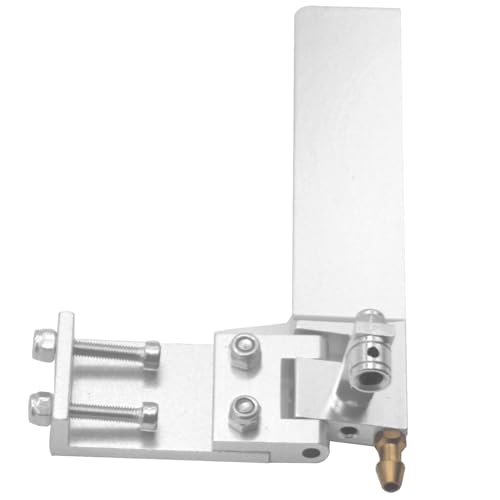A center pad can work well on SAW boats I usually add a bunch of fiberglass cloth and resin inside the hull at the keel so that I can sand a pad into the hull when at the lake adjusting the ride of a SAW boat.
interesting. So a "pad" is typically a small lateral flat-spot perpendicular (or tangent) to the keel, starting a the transom, going forward a specific length? Approx. how wide typically?
David,
I typically fill the keel from the transom to about 8 inches forward of the keel on the inside of the hull. I then sand the keel so that it makes a pie shaped pad on the bottom of the boat. Back in the 80s I did this on a lot of sightler mono hulls and then the Twin Crafts. I experimented with pads from 1/4 inch wide to a full inch wide. The 3/4 inch pad for example was 3/4 inches wide at the transom and extended about 8 inches forward where it came to a point at the keel. What you end up with is a triangle shaped pad. Keep in mind as you sand the pad into the hull......the wider the pad, the more it cuts the bottom of the boat up towards the transom. So, the wider the pad, the more positive the angle of attack of the whole hull. A narrow pad angles the bow a bit but a 1 inch pad at the transom makes the bow ride much higher. This is the meathod I used because it keeps the boat legal.
I have run the pad more forward. In fact all the way to the point at about 2/3rds the length of the hull when using a 1/4 inch pad. The flat forward of the cg can help keep a boat from spinning out in the corners because it lets the bow slide rather than bite.
I experimented with a pad 1 inch wide all the way up to 2/3rds the length of the hull and it caused the boat to bounce the bow up in the air when hitting a wave rather than cutting the wave.
I also cut a 1 inch wide pad to just forward of the CG and did not pie shape it. It was one inch wide all the way to just forward of the CG. That made the boat illegal as a mono as I knew it would and I raced it in the hydro class with the cats and riggers. It was fun and back then the hydros were not as reliable as they are today.
The 20 mono SAW record KP and I hold right now was set with a little boat I designed with a 21 degree vee with a 10 degree vee designed into the hull at the keel It is a good comprimise between a deep vee and a pad.













































